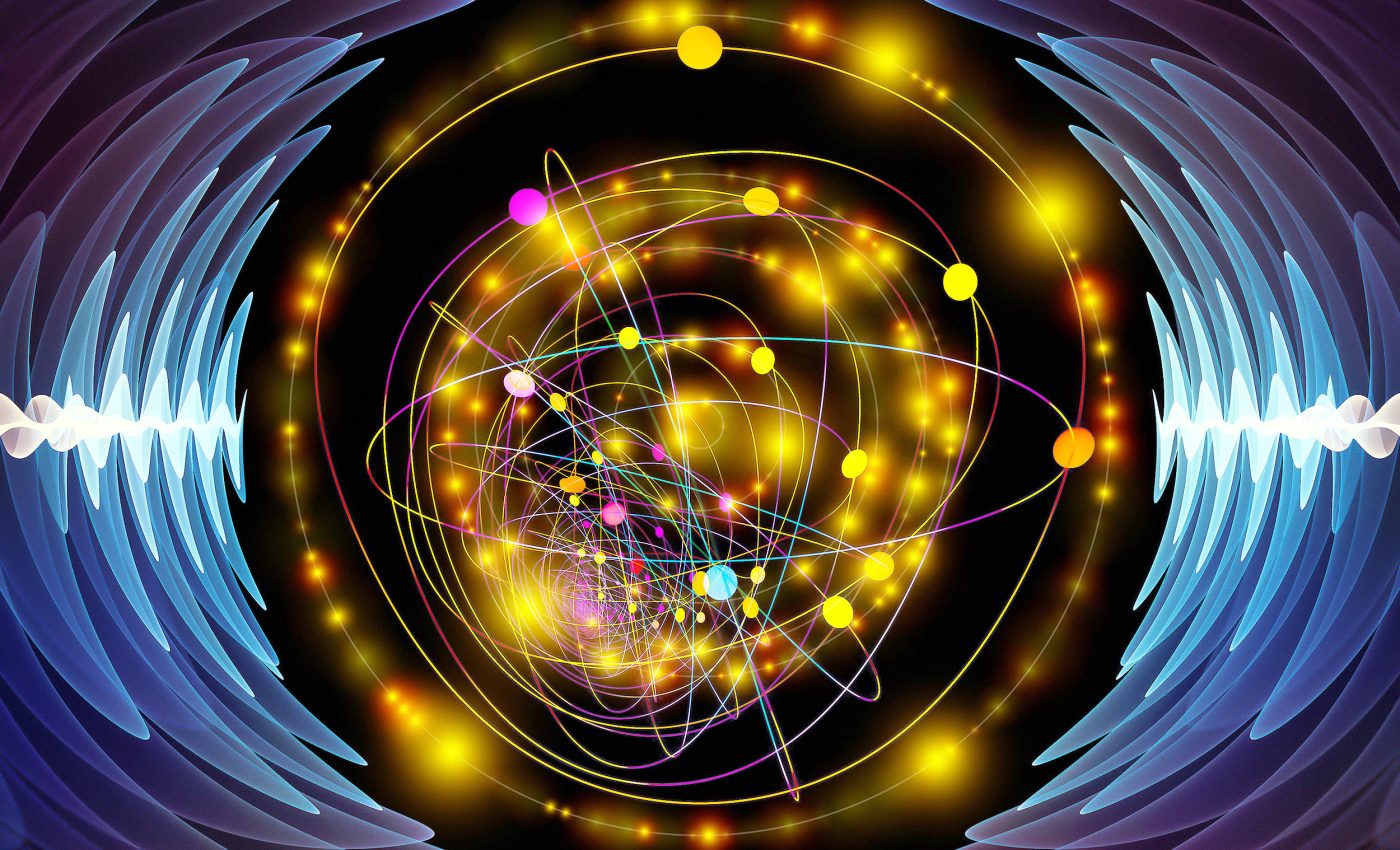
Exotic quantum phase, once thought impossible, was just observed in the lab
A little over 50 years ago, theorists predicted that certain groups of quantum particles could switch into a coordinated, collective state without any outside push. However, until very recently, this phase was thought to be impossible in the real world.
Researchers just reported the first direct observation of this behavior, known as superradiant phase transition (SRPT), showing that reality can sometimes match even the most puzzling theoretical ideas.
Their work points to interesting possibilities in quantum computers and sensing devices.
Understanding SRPT – the basics
The superradiant phase transition (SRPT) is a remarkable phenomenon that occurs when a collection of atoms – each behaving like a tiny dipole – interacts very strongly with a shared electromagnetic field, typically within a cavity or resonator.
Under normal conditions, atoms emit light independently, but in this case, they begin to radiate collectively, producing an intense burst of light.
What sets SRPT apart is that this collective behavior marks a distinct phase of the system, much like the transition from liquid to solid.
When the coupling strength between the atoms and the electromagnetic field exceeds a critical threshold, the system shifts into a superradiant phase in which the field acquires a nonzero value, even without any external driving force.
What the team discovered
The scientists found evidence of this unexpected state in a crystal containing erbium, iron, and oxygen.
The crystal was chilled to minus 457 degrees Fahrenheit and placed under a powerful 7-tesla magnetic field, which is over 100,000 times stronger than Earth’s magnetic field.
“Originally, the SRPT was proposed as arising from interactions between quantum vacuum fluctuations – quantum light fields naturally existing even in completely empty space – and matter fluctuations,” explained lead author Dasom Kim from Rice University.
“However, in our work, we realized this transition by coupling two distinct magnetic subsystems – the spin fluctuations of iron ions and of erbium ions within the crystal.”
No-go theorem
Spin describes the magnetic orientation of particles like electrons. When spin patterns ripple across a solid, those ripples are magnons.
Until now, there were questions about whether this phase could happen at all due to a theoretical obstacle sometimes called a no-go theorem.
One group of magnons in the material did the job once believed to belong to quantum vacuum fluctuations, while another group of spins served as matter fluctuations.
This approach allowed the team to dodge that long-standing obstacle and see unmistakable signs of a new phase.
Observing SRPT in the lab
“We established an ultrastrong coupling between these two spin systems and successfully observed an SRPT, overcoming previous experimental constraints,” Kim said.
In practical terms, the energy signal of one spin mode dropped away, and another showed a sudden shift.
Those signs matched theoretical predictions for the onset of the new phase, reinforcing that a half-century-old prediction really plays out in nature.
“Near the quantum critical point of this transition, the system naturally stabilizes quantum-squeezed states – where quantum noise is drastically reduced – greatly enhancing measurement precision,” Kim explained.
“Overall, this insight could revolutionize quantum sensors and computing technologies, significantly advancing their fidelity, sensitivity, and performance.”
Why does any of this matter?
By catching this event in a solid crystal, the team showed that methods from quantum optics can be adapted for use in other materials.
“Although the basic mathematical model was already laid out before by Motoaki, we needed to account for some of the specific magnetic properties of the material to obtain the precise results,” noted Rice graduate student and co-author Sohail Dasgupta, who collaborated with Yokohama National University professor Motoaki Bamba on the model.
“When your theory matches the experimental data – which happens rather rarely – it is the best feeling for a scientist.”
Controlling phases of matter
Research on magnons has already helped make sense of several quantum effects, and these latest findings add a fresh piece of evidence for the versatility of such approaches.
“This opens a new way to create and control phases of matter using ideas from cavity quantum electrodynamics,” said Rice associate professor of physics and astronomy, Kaden Hazzard.
He and Dasgupta worked closely to interpret the measurements and confirm that the data aligned with the model.
The crystal that was used belongs to a bigger family of magnetic materials, so there might be more examples of interesting behaviors hidden in similar crystals.
The latest work hints that related combinations of spins could yield novel quantum features.
What happens next with SRPT?
“Demonstrating a form of SRPT driven entirely by coupling two internal matter fluctuations marks a significant breakthrough in quantum physics, establishing a new framework for understanding and exploiting intrinsic quantum interactions within materials,” concluded Junichiro Kono, the Karl F. Hasselmann Professor in Engineering and the corresponding author on the study.
This discovery shows that ideas once confined to theory can become a reality under the right lab conditions.
It offers a peek at fresh opportunities for sensing, computing, and beyond, all thanks to a single crystal and a well-chosen magnetic field.
The full study was published in the journal Science Advances.
—–
Like what you read? Subscribe to our newsletter for engaging articles, exclusive content, and the latest updates.
Check us out on EarthSnap, a free app brought to you by Eric Ralls and Earth.com.
—–












